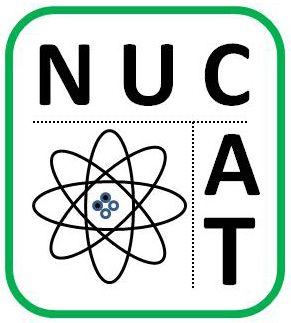LENR was called cold fusion after the announcement of its discovery in 1989. The term cold fusion was already in use then to describe muon-catalyzed fusion, an understood physical mechanism in which fusion of two deuterons occurs at relatively high rates in the presence of muons. Deuterium is the mass two isotope of hydrogen. In 1989, the term “cold”, was applied to the new and mysterious effect. It was meant to signify deuteron fusion at ordinary temperatures. This is in stark contrast to well understood fusion processes in plasmas with temperatures far in excess of one million degrees. Nuclear reactions at low temperatures (energies) were not understood in 1989. They remain enigmatic and contentious.
As time passed during the 1990s, processes other than fusion of two deuterons were reported. These transmutation reactions involved and produced isotopes of nuclei with moderate and high atomic weights. That is, they are nuclear reactions not involving only two light nuclei, as is the case for fusion. Because of this, and to emphasize their viewpoints, some researchers in the field sought other names for the effect announced in 1989. The variety, and indeed confusion, over terminology is promoted by the lack of a clear understanding of the basic mechanism active in this field. None of these names has gained universal acceptance. This table lists most of them:
| Terminology | Comments |
| Cold Fusion | Original and recognized name, but incomplete |
| Low Energy Nuclear Reactions | Low is a relative term and unclear |
| Lattice Enabled Nuclear Reactions | Clear and specific, but little known |
| Lattice Assisted Nuclear Reactions | Also accurate, but little used |
| Chemical Assisted Nuclear Reactions | Many chemists like this |
| Solid State Nuclear Fusion | Little used |
| Cold Fusion Phenomena | Rarely used |
| Cold Fusion Nuclear Reactions | Little used |
| Cold Nuclear Transmutations | A Russian favorite |
| New Hydrogen Energy | A major past Japanese program |
| Metal Deuterium Energy | A current program in Japan |
| SANER | SAfe Nuclear Energy Release |
| Fleischmann-Pons Effect | Clear and encompassing |
In 2003, a new and broader name for the field was introduced, namely “Condensed Matter Nuclear Science” (CMNS). “Condensed matter” is a term of obscure origin, which has been employed by the American Physical Society for a few decades to embrace the characteristics and properties of both solids and liquids. It is an appropriate description for the current and continuing science of the field. However, it will fail to embrace anticipated engineering work based on that science. Also, CMNS includes some physical mechanisms not involving LENR, such as isotope effects on spectra from solids.

